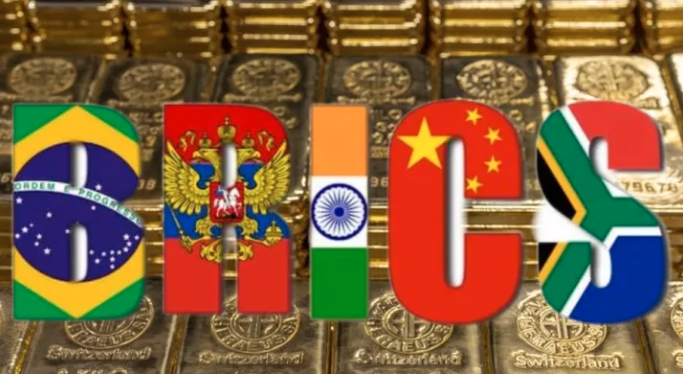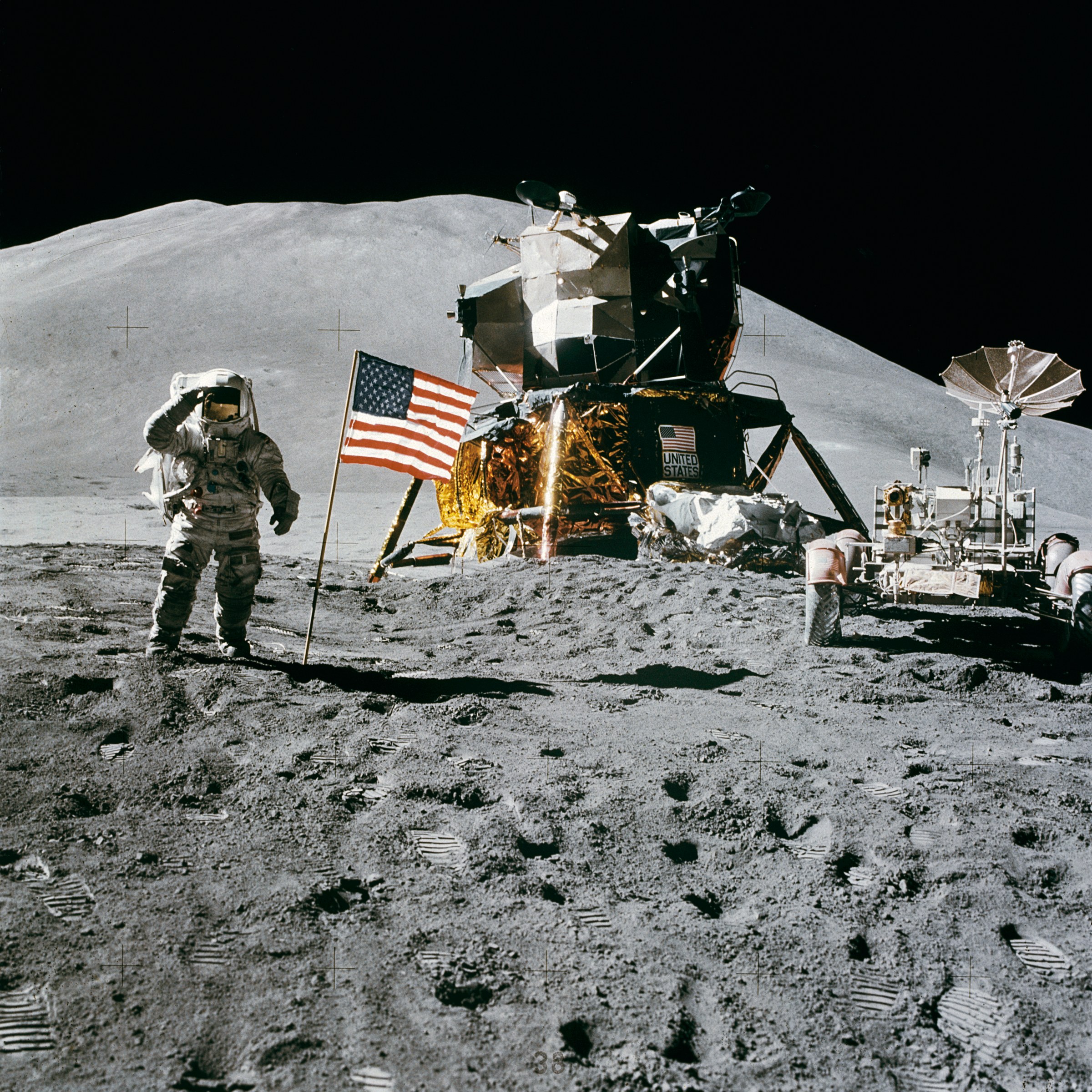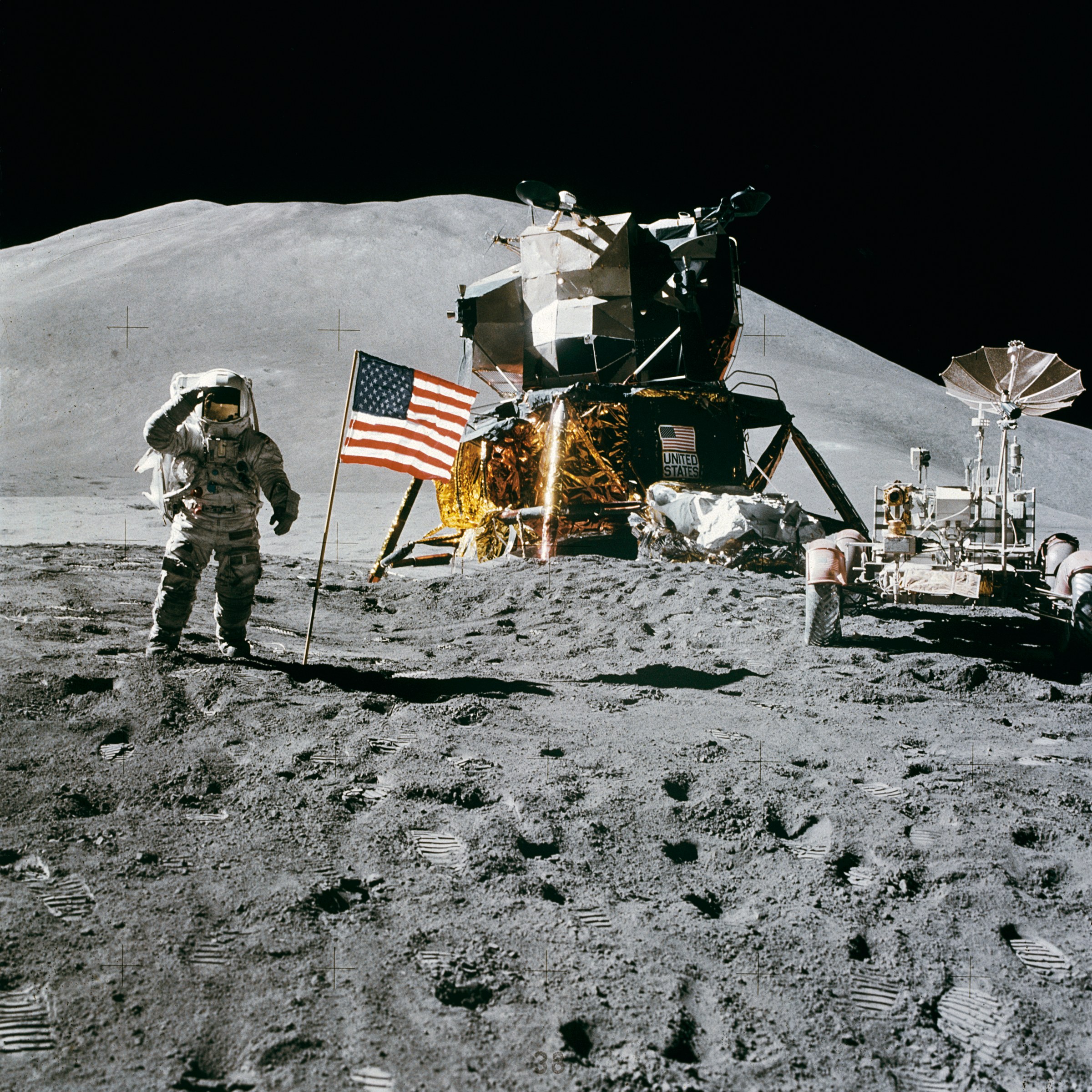According to state-run RT, the Russian government has confirmed that Brazil, Russia, India, China and South Africa (BRICS nations) will introduce a new trading currency backed by gold.
“The official announcement is expected to be made during the BRICS summit in August in South Africa.”NEILS CHRISTENSEN FOR KITCO
Over 41 nations have announced they will accept the new currency signaling that we are on the verge of a significant financial pivot as the countries’ potential alliance within BRICS is leading the movement towards a new gold-backed currency.
Thorsten Polleit, Chief Economist at Degussa, analyzing the move, stated that a new transaction unit backed by gold could challenge the hegemony of the U.S. dollar. He urged caution, however, noting that to ensure the currency’s stability, it must be convertible into gold on demand. A failure to ensure this could lead to a shock in the global fiat money system, potentially catalyzing sharp devaluation of many fiat currencies and skyrocketing goods prices.
The prospect of this monumental shift has, shockingly, been met with apathy from U.S. Treasury Secretary Janet Yellen, who confidently reassured that the dollar would remain the dominant player in facilitating international transactions and serving as a reserve currency.
This confidence, however, seems to starkly contrast the wider global perception, as the BRICS announcement is seen as a crucial step in the ongoing process of dethroning the U.S. dollar as the world’s global reserve currency. More than 60 countries have reportedly expressed interest in joining the BRICS alliance, all boasting significant gold holdings, furthering the de-dollarization narrative.
The swift and enthusiastic responses from these nations serve to underscore the significance of gold in global economic dynamics and may indicate a turning point in the world’s perception of gold as a credible alternative to fiat currency. This shift, if realized, could bring significant changes in the global currency landscape and open a new chapter in the history of global finance.
The interest in a gold-backed currency is not just a sudden flight of fancy; it follows a trend of central banks globally increasing their gold holdings since mid-2022, diversifying their reserves away from the U.S. dollar. For China, this is seen as a move to bring international credibility to the yuan, while Russia seeks alternatives to the U.S. dollar, which was weaponized against them following their incursion into Ukraine.
Despite the significant buzz around this development, some analysts caution against jumping to conclusions. The details of the plan and its implementation are still not fully disclosed, and thus, it might take time before the market feels the impact.
Naeem Aslam, Chief Investment Officer at Zaye Capital Markets, stated that while this news could bolster gold’s standing in the long term, short-term challenges for the precious metal remain. He emphasized that the world is still a considerable distance from witnessing a gold-backed currency, although such a development is not impossible.
Others remain more skeptical. Marc Chandler, Managing Director of Bannockburn Global Forex, voiced his doubt, pointing out the problems that arise from having a monetary union without a fiscal union, drawing parallels with the European Monetary Union’s experience.
In March, former Goldman Sachs Chief Economist Jim O’Neill, however, made a case for a new global currency. In a paper published in the Global Policy Journal, he argued that the U.S. dollar’s dominance is destabilizing global monetary policies, and a BRICS currency could bring much-needed stability to the global economy.
Regardless of the spectrum of viewpoints, it is clear that the world is at a significant crossroads in the evolution of global finance. The coming months will reveal whether this shift towards a gold standard is a genuine move towards economic transformation or merely a tempest in a teacup. Until then, all eyes will remain focused on the BRICS summit in August.







